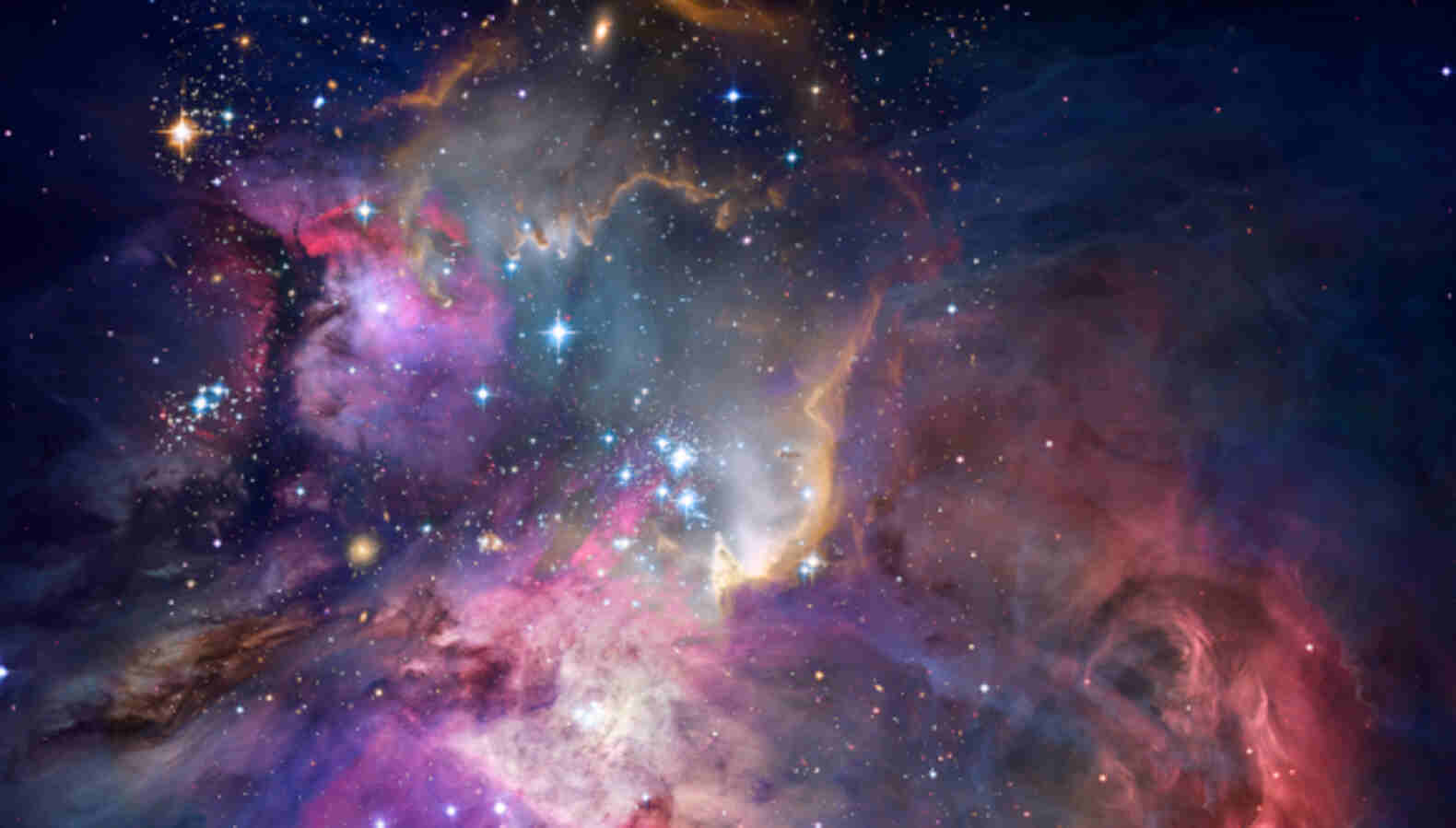ASTRONOMY
TAU opens a new window of observation on the Moon for the detection of radio waves

Researchers at Tel Aviv University (TAU) have predicted that a lunar-based detection of radio waves could help advance the study of "dark matter" in the universe. This would be the first time such a detection is made from the moon and could lead to groundbreaking results. The signals from these radio waves have the potential to test the standard cosmological model and determine the composition of the universe, as well as the mass of neutrino particles. Furthermore, these findings could offer valuable insights into the mysterious dark matter.
The study was conducted by Professor Rennan Barkana and Dr. Rajesh Mondal, a postdoctoral fellow at TAU. By detecting radio waves from hydrogen gas in the early universe, scientists can study the cosmic "dark ages" that existed before the formation of stars. However, Earth's atmosphere blocks these specific radio waves, which is why they must be observed from space.
The moon has a stable environment free from atmospheric or radio interference, making it an ideal location for studying radio waves from the cosmic dark ages. Space agencies across the US, Europe, China, and India are exploring scientific goals for lunar development, and recent research highlights the potential for uncovering discoveries by combining current knowledge with radio observations.
NASA's James Webb space telescope has discovered distant galaxies whose light reaches us from the cosmic dawn, approximately 300 million years after the Big Bang. This latest research delves even further back in time to study the cosmic dark ages, a period only 50 million years after the Big Bang. By simulating the density and temperature of hydrogen gas at various points in time, the researchers were able to determine the intensity of radio waves and how they can be analyzed for desired results.
The researchers believe that these findings will greatly contribute to our understanding of cosmic history and test the standard model of cosmology using a single lunar antenna. By accurately determining the composition of the universe (specifically the levels of hydrogen and helium) with an array of radio antennas, we can gain crucial insights into the building blocks of ordinary matter that formed stars, and planets, and ultimately led to our existence.
Precisely determining the amount of helium is crucial in understanding the ancient period just a minute after the Big Bang when helium was formed in what could be considered a massive nuclear reactor. With a larger array of lunar antennas, it will also allow for the measurement of cosmic neutrinos' weight. These minuscule particles are released during various nuclear reactions, and their weight is an important yet unknown factor in advancing physics beyond the standard model.
According to Professor Barkana, new observational discoveries often result from opening a new window. With lunar observations, we may uncover new properties of dark matter, the enigmatic substance that makes up most of our universe's mass, but we still know very little about it. The cosmic dark ages promise to shed light on previously unknown aspects of our universe.

